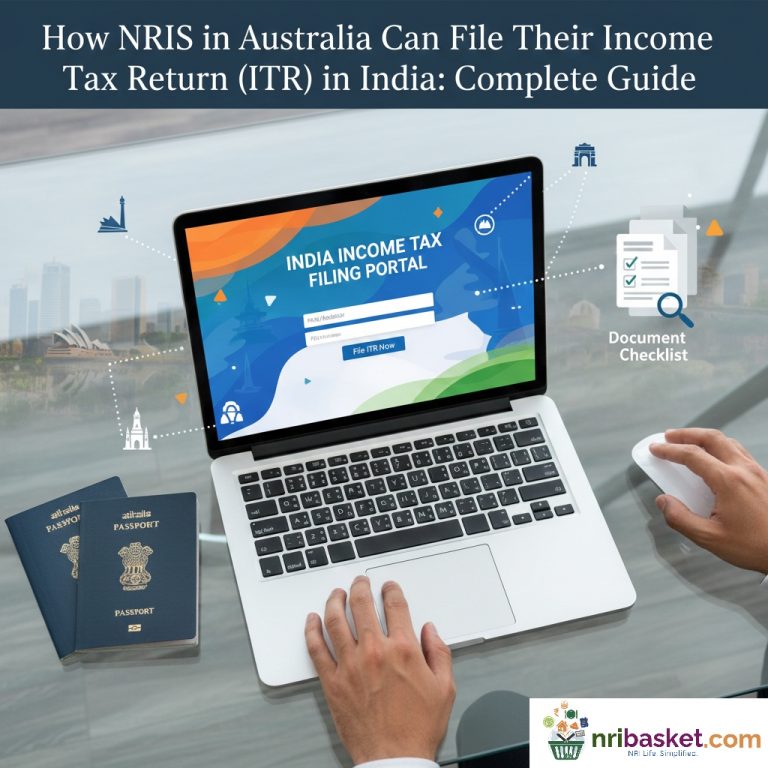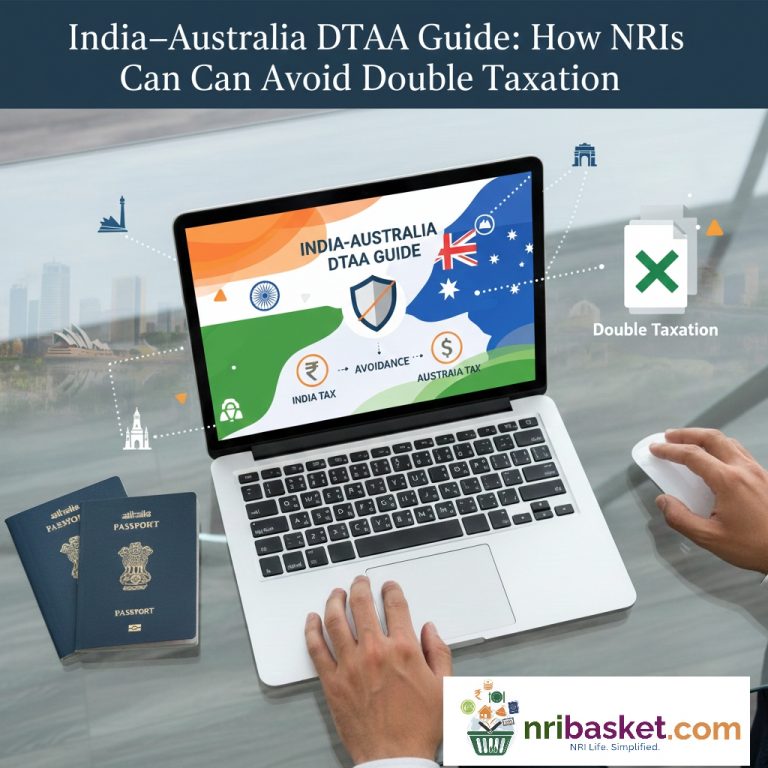
Oplus_16908288
Selling property in India as a US resident involves paying capital gains tax in India, applying indexation benefits for long-term gains, and then reporting the same sale again on your US tax return. While India allows indexation and a flat 20% LTCG rate, the US does not. However, US residents can claim a Foreign Tax Credit for Indian taxes paid, helping avoid double taxation. Understanding TDS, repatriation rules, exchange rates, and differences between both tax systems helps reduce mistakes and plan taxes better.
Long Answer: When a US resident sells property in India, the gain is first taxed in India. Later, the same gain must also be reported on the US tax return because the US taxes global income. You can claim a Foreign Tax Credit in the US for taxes already paid in India.
Long Answer: India allows indexation on property held for more than 2 years. This means your purchase price is adjusted for inflation using the Cost Inflation Index (CII), reducing your taxable gain. The US, however, does not allow indexation.
Long Answer: If you owned the property for more than 24 months, it becomes a Long-Term Capital Asset and is taxed at 20% after indexation. If the holding period is less than 24 months, it’s Short Term Capital Gains and taxed as regular income at slab rates.
Long Answer: For long-term gains, buyers deduct 20% TDS plus surcharge and cess (around 23% total). This is deducted on the sale consideration, not the profit. You can apply for a lower TDS certificate to reduce this upfront deduction.
Long Answer: On your US tax return, you must report the Indian property sale. The US calculates capital gain using the original cost without inflation adjustment. The tax rate depends on your income bracket and holding period. You can claim a credit for tax already paid in India.
Long Answer: The US does not recognize India’s indexation system. The IRS uses the actual purchase price plus capital improvements to calculate gain, not inflation-adjusted values.
Long Answer: Although both countries tax the sale, double taxation is reduced because the US gives credit for taxes paid in India. If your Indian tax is higher than the US tax, you may owe nothing additional in the US.
Long Answer: A PAN card is required to execute the sale deed, receive payments, and comply with TDS rules. Without PAN, the process becomes slow and tax deduction may be higher.
Long Answer: For accurate tax calculation, keep the original purchase deed, cost of improvements, brokerage receipts, stamp duty paid, and sale deed. These help compute both Indian and US capital gains.
Long Answer: You or your CA can apply through the TRACES portal. The officer calculates expected capital gains and issues a certificate that allows the buyer to deduct lower TDS or NIL TDS.
Long Answer: If you hold the property for more than 2 years, it qualifies for LTCG benefits including indexation and a 20% tax rate.
Long Answer: Deposit the sale amount in your NRO account. After paying taxes and providing CA certificates (Form 15CB/15CA), you can remit up to USD 1 million per financial year to the US.
Long Answer: You can reduce or eliminate Indian tax by reinvesting the long-term capital gains into another residential property (Section 54) or buying NHAI/REC bonds (Section 54EC). This does not affect your US tax.
Long Answer: The US does not recognize Indian reinvestment exemptions. Even if your Indian tax becomes zero due to Section 54, you must still pay tax on the full gain in the US.
Long Answer: Convert the purchase price and sale price to USD using the official IRS average annual rate or daily rate. Use the same method consistently.
Long Answer: You can add renovation, construction, and improvement costs to your original purchase price to reduce the US capital gain. Keep proper receipts.
Long Answer: You must report the full sale price in USD. TDS is only a tax paid and can be used for the Foreign Tax Credit, but it does not change the sale price.
Long Answer: Even if TDS is deducted, you should file an Indian ITR to claim refund, apply indexation, and correctly report capital gains.
Long Answer: Individuals reporting capital gains from property sales typically file ITR-2. If you have business income, then ITR-3 may apply.
Long Answer: Losses are handled separately in each country. Indian loss can reduce Indian gains, and US loss can reduce US gains, but cross-country offsetting is not allowed.
Long Answer: To send the sale proceeds abroad, a CA provides Form 15CB certifying tax compliance, and you upload Form 15CA on the income tax portal. Banks need these forms before transferring funds.
Long Answer: If you inherit or receive the property as a gift, no tax applies at that moment. When you sell it, the original owner’s purchase date and cost are used to calculate long-term capital gains in both India and the US.
Long Answer: The US taxes you on worldwide income. It does not matter whether you bring the money to the US or keep it in India. The sale must still be reported.
Long Answer: India allows FMV as of 1 April 2001 as the cost base for older properties. But the US uses actual original purchase cost, not FMV.
Long Answer: The US does not adjust your basis using indexation. But the actual tax paid in India—calculated using India’s rules—can be claimed as a foreign tax credit.
Long Answer: If Indian capital gains tax exceeds the US tax, the Foreign Tax Credit usually covers the US liability. However, unused foreign tax credit may not always be carried forward.
Long Answer: The US will tax the gain at US rates. You can only use the Indian tax paid as credit. If the US tax is higher, you must pay the excess amount.
Long Answer: Real estate located outside the US is not reported on FBAR or Form 8938. But if the sale proceeds sit in an NRO/NRE account, those balances may need to be reported.
Long Answer: US long-term capital gains rate can be 0%, 15%, or 20% depending on taxable income. Even if your US rate is 0%, you still need to report the sale.
Long Answer: In India, inflation-based indexation usually reduces the taxable gain significantly. In the US, the cost basis remains the actual purchase price, which may result in a higher taxable gain compared to the Indian calculation.
Tax on sale of Indian property for US residents, Indexation benefit India tax US, Selling property in India NRI tax, NRI capital gains calculation, US tax on foreign property sale ,Foreign Tax Credit India US ,TDS on sale of property by NRI ,LTCG tax India for NRIs ,Repatriation of sale proceeds India to USA ,Capital gains indexation rules India




